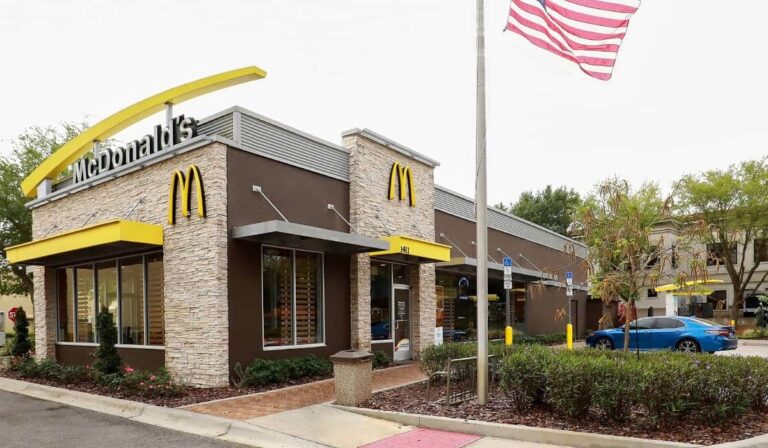According to CNBC, the US McDonald's operating company will start contributing to a new digital marketing fund in 2025 as the burger giant aims to strengthen its e-commerce business.
CNBC discovered this information in a memo released by U.S. customer experience chief Tariq Hassan and chief information officer Whitney McGinnis.
The letter says McDonald's wants to invest hundreds of millions of dollars over the next two years to upgrade MyMcDonald's Rewards and its digital ordering channels. One example is being able to order from a website without having to download an app.
McDonald's is encouraging businesses to use their existing marketing contributions to pay for the fund.
In 2025, U.S. franchisees will be required to contribute 1.2% of their anticipated specific digital sales. McDonald said the rate is updated annually based on projections. The franchisor also said the change should increase cash flow by $2,600 across all U.S. stores starting in 2025. According to CNBC, this is because digital investment expenses have been moved from the income statement to marketing contributions.
read more: McDonald's is preparing a “street fight mentality'' to attract value-seeking customers
The different approach will move McDonald's away from low-profit traditional marketing and toward a more digital strategy. CNBC said this could lead to fewer traditional TV commercials in the future.
“Moving your marketing investments from traditional mass media like TV, print and billboard advertising to collective investments in modern digital capabilities to personalize the experience will increase profitability,” the brand said. CEO Chris Kempczinski said during the company's first quarter results conference. “And successfully delivering a personalized experience depends on transforming restaurants to conveniently and accurately deliver what customers want: fresh, hot orders.”
MyMcDonald's Rewards members accounted for more than $6 billion in the chain's first quarter U.S. sales. The company has approximately 34 million active users in the United States.
In December, McDonald's reported that it had 150 million 90-day active loyalty users worldwide (70 million in China alone), and that their memberships led to more than $20 billion in system-wide sales. . The chain has set a goal of increasing its active base to 250 million users and reaching $45 billion in system-wide revenue from loyalty users by 2027. At this point, the brand had over 100 million customers registered on mobile his app across the 50 largest markets in the past 12 months.
“Our groundbreaking campaigns, great tasting menus and personalized experiences will keep customers coming back to McDonald's, whether through the restaurant's physical door or the mobile app's digital door,” Kempczinski told investors in late April. I'm sure I'll be visiting,” he said. “And in a high-pressure environment like this, [quick-service] When traffic jams occur, you have the opportunity to get customers who are already visiting you to visit you more often. With more customers making purchasing decisions based on personalized recommendations on their smartphones, increasing frequency means leveraging digital capabilities like loyalty to know when to serve your customers better than others. It means knowing what to offer. With insights from our loyalty members, we will deliver the right message to the right consumer at the right time to keep the people who already love McDonald's coming back for more. ”
Supporting this digital cause is the expansion of Ready Ondelivery, an initiative that allows employees to start creating mobile orders before they arrive.
As for delivery, McDonald's said it has 55,000 orders ready at any given time around the world. Customers can order delivery in the chain's top five markets through the mobile His app. The plan is for 30% of his delivery orders to come from mobile apps by 2027.
Global same-store sales increased 2% year-over-year in the first quarter, marking the brand's 13th consecutive quarter of positive profits. This includes his 30% growth over the past four years. Specifically in the U.S., same-store sales increased 2.5% due to average check growth, menu price increases, an effective marketing campaign around our core menu items, and continued expansion in digital and delivery.
McDonald's ended the first quarter with 13,469 stores nationwide, including 12,783 franchised stores and 686 company-owned stores.


